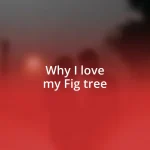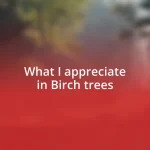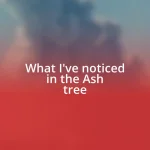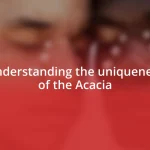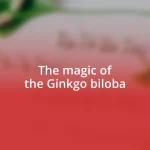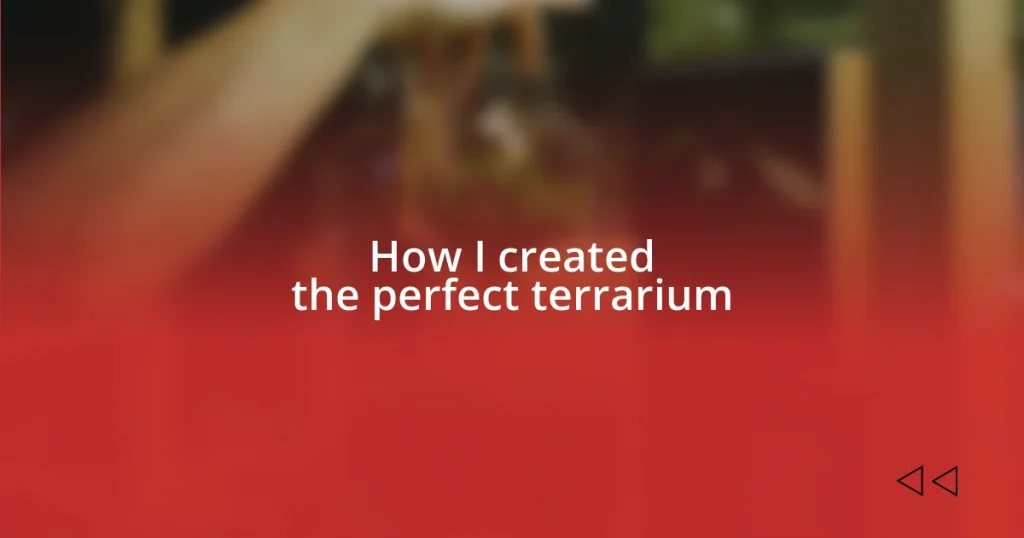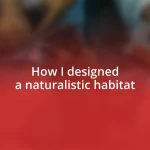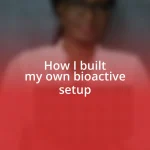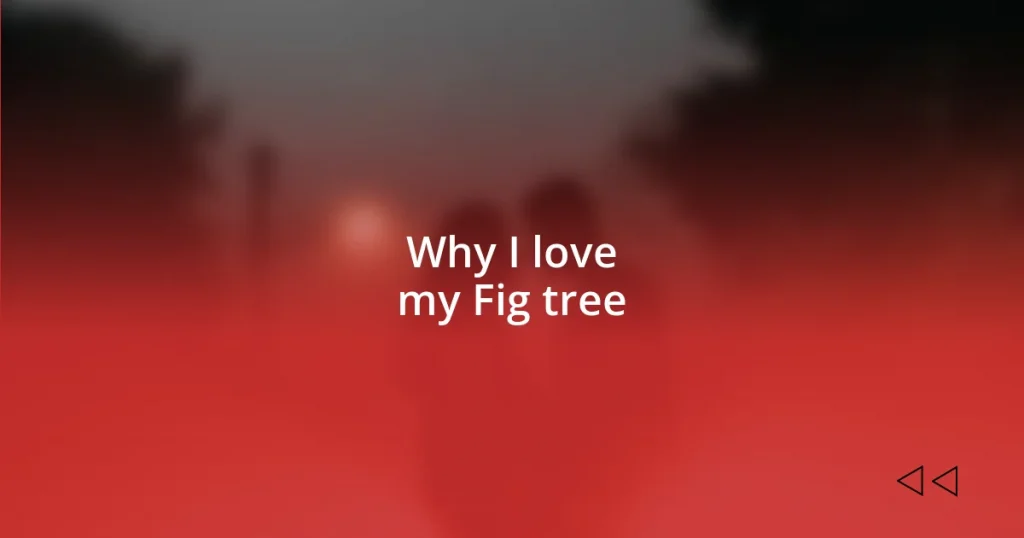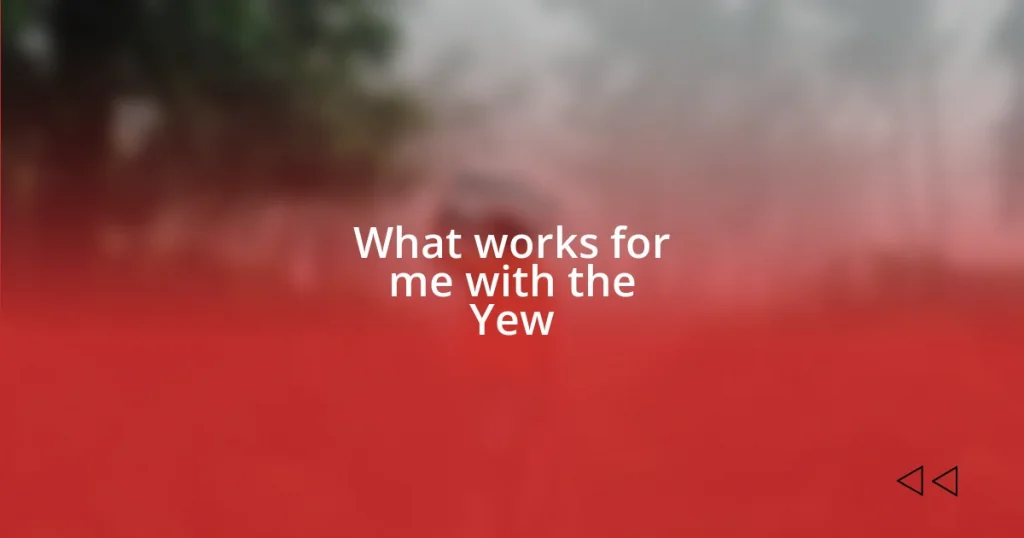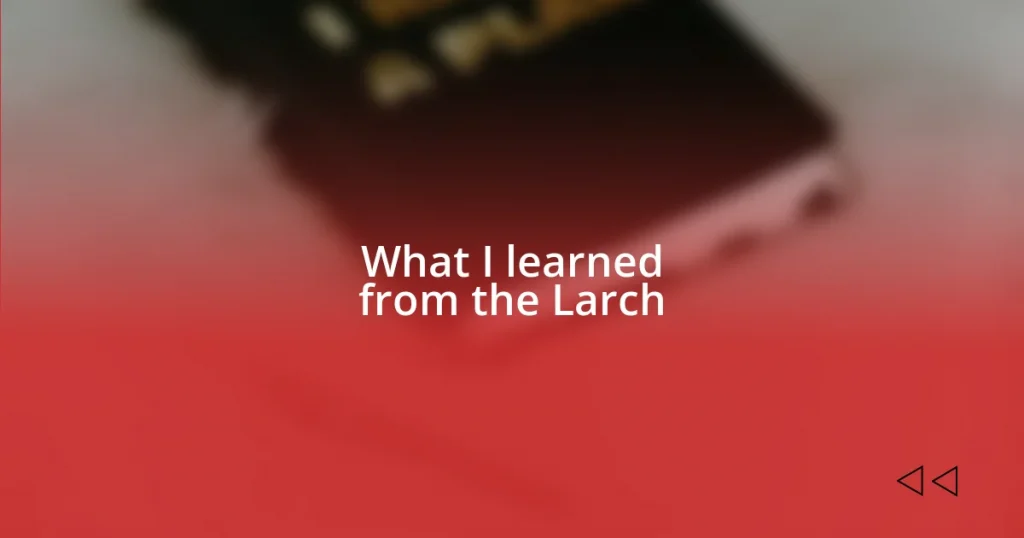Key takeaways:
- Choosing the right container, plants, and ensuring proper drainage are crucial for a successful terrarium.
- Maintaining a terrarium involves careful observation, appropriate watering practices, and regular plant trimming.
- Addressing common issues like condensation, mold, and pests can be effectively managed with proper techniques and vigilance.
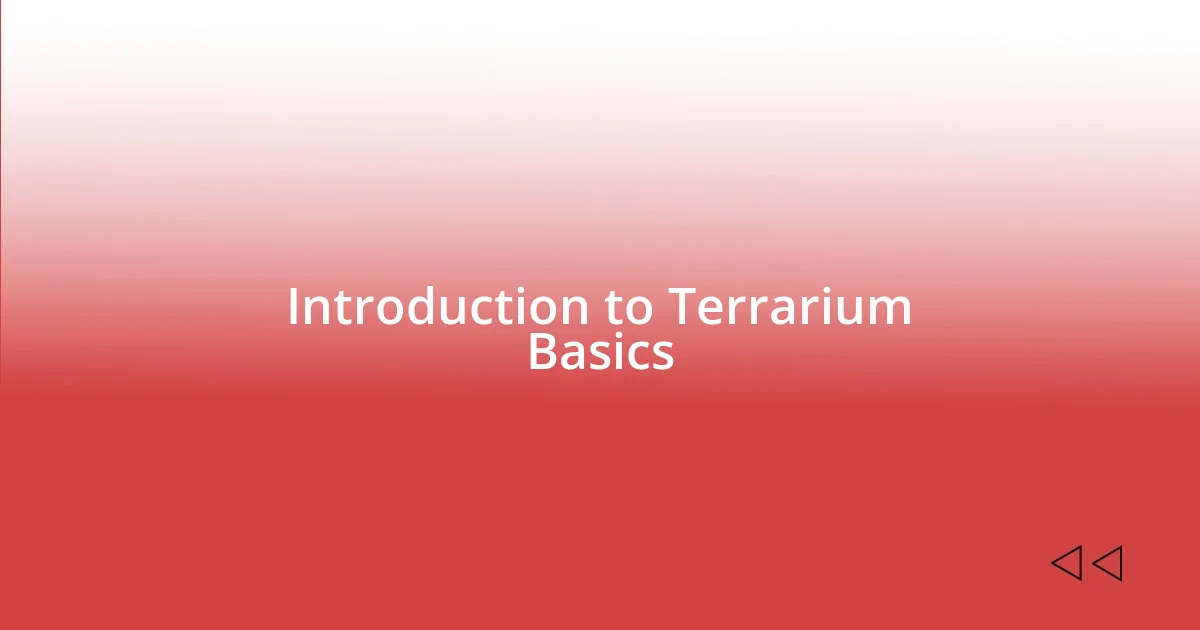
Introduction to Terrarium Basics
Terrariums are like miniature ecosystems, and creating one can be an incredibly rewarding experience. I still remember the first time I built one; it felt as if I was crafting a little world right in my hands. Have you ever looked at a tiny plant and thought about the vast environment surrounding it? That’s the magic of a terrarium!
At their core, terrariums consist of plants, soil, and a clear container, but the beauty lies in the details. You don’t just throw everything together; you design a little habitat. Selecting the right plants is essential — some thrive in humidity while others prefer drier conditions. I vividly recall panicking over whether my choice of succulents would meld well with the other greenery, but that moment of uncertainty ultimately paved the way for a unique creation.
There’s an art to arranging the layers of soil and stones too. I once jumbled it all together in a rush, and it turned my initial vision into a confused mess. Reflecting on that, I realized every single element, from drainage to plant selection, contributes to the overall success of your terrarium. Imagine creating a space where life thrives — it’s both an art and a science!
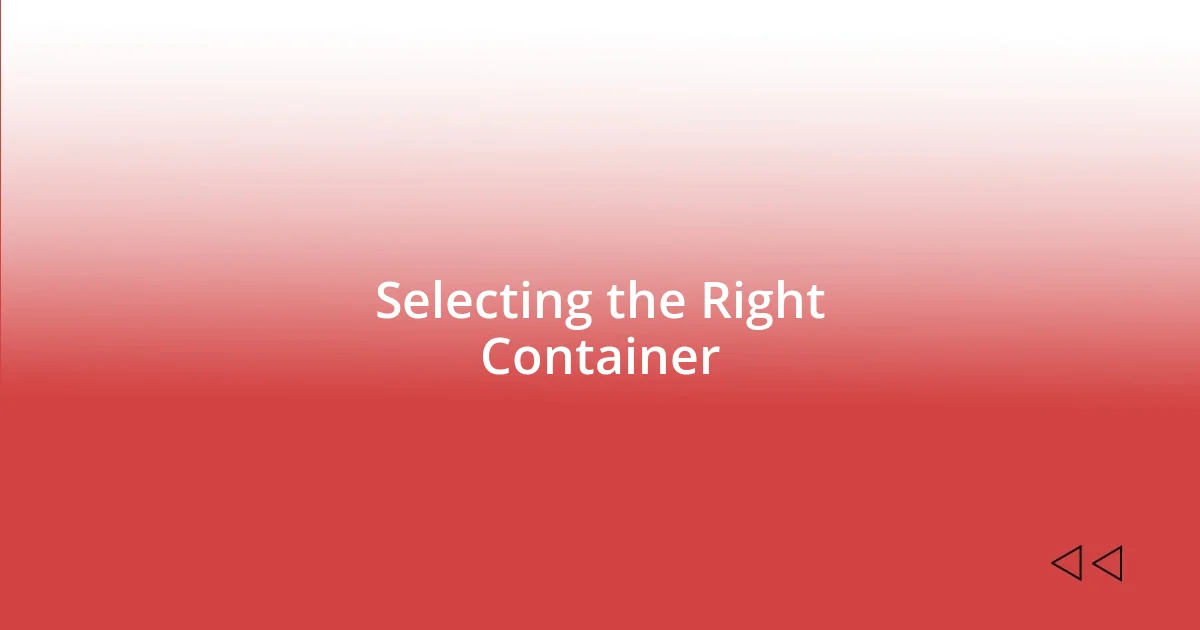
Selecting the Right Container
Selecting the right container for your terrarium is crucial and can really influence the overall aesthetic and health of your plants. When I first started, I opted for a basic glass jar; it was what I had on hand, but it didn’t offer the best air circulation. I soon learned that shapes can play a big role; taller containers allow for layering, while wider ones give you space for various plant arrangements. The moment I switched to a beautiful, tall glass container, I felt an overwhelming sense of satisfaction as my plants thrived in their new home.
Here are some factors to consider when choosing your terrarium container:
- Material: Glass is popular, but plastic works too; just ensure transparency for light.
- Size: Think about the plants you want; a larger container offers more room for growth.
- Shape: Circular, rectangular, or even geometric shapes can create different visual impacts.
- Opening: Decide between open or closed; closed terrariums retain humidity, while open ones offer more air circulation.
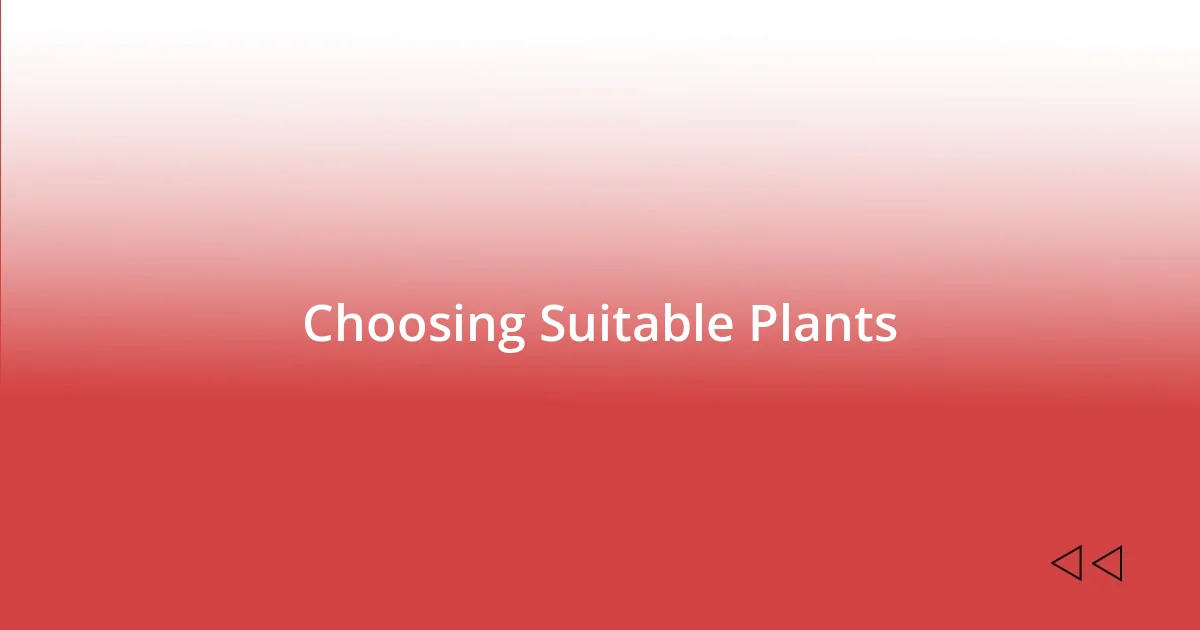
Choosing Suitable Plants
Choosing the right plants for your terrarium can be a delightful adventure. When I began my journey, I made the mistake of choosing whatever caught my eye at the local nursery without considering their needs. I remember picking up a lovely fern and a bright succulent, only to realize later that they thrived in very different environments. It was a learning moment that taught me how essential it is to understand the specific light and humidity requirements of each plant.
In my experience, I’ve found that some plants are just perfect for terrariums. For instance, ferns and mosses love humidity and fit beautifully in closed terrariums, while cacti and succulents thrive in open setups. It brings me joy to see how each plant contributes to the overall vibe of the terrarium, creating a miniature landscape that reflects nature’s diversity. Can you picture vibrant green moss juxtaposed against the playful curves of a succulent? That contrast never fails to captivate me.
When selecting plants, I think about their growth habits and sizes too. It’s important to choose species that won’t outgrow the space. I vividly recall one occasion where I added a lovely little ivy, only for it to take off and overshadow my other plants within weeks! This taught me the importance of checking the growth potential of each plant before making a decision.
| Plant Type | Ideal Environment |
|---|---|
| Ferns | High humidity, low light |
| Moss | High humidity, indirect light |
| Succulents | Drier conditions, bright light |
| Cacti | Drier conditions, direct sunlight |
| Air Plants | Low to moderate humidity, indirect light |
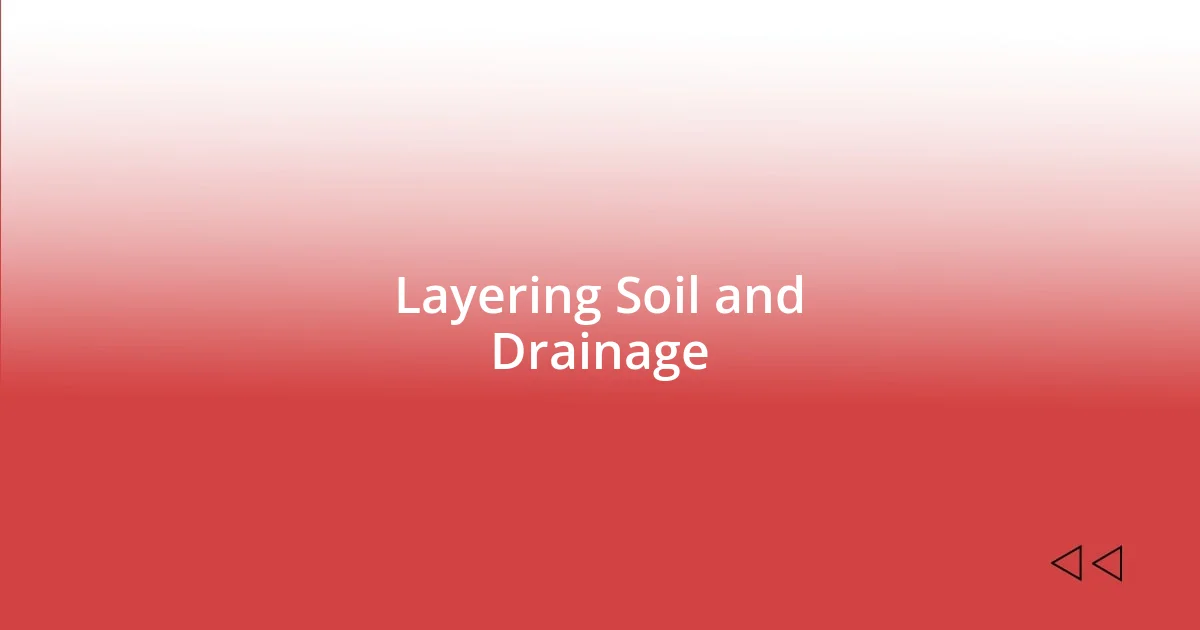
Layering Soil and Drainage
Layering soil and ensuring proper drainage are fundamental steps in creating a successful terrarium. I remember my first attempt when I neglected this aspect completely, thinking, “How hard can it be?” Well, after a week, my beautiful plants were wilting due to waterlogged soil. The key is to start with a layer of small rocks or pebbles at the bottom of your container to allow excess water to escape. This simple addition makes a world of difference in keeping your plants healthy.
After placing the drainage layer, I moved on to a high-quality potting mix suitable for terrariums. This was where I learned the importance of soil selection. I once used regular garden soil, which compacted far too much and didn’t allow for good air circulation. Instead, I recommend a light, breathable mix that encourages healthy root growth. Now, when I layer the soil, I also ensure it’s slightly mounded in the center, promoting natural water runoff to the edges. Have you ever seen how beautifully plants thrive when they can breathe?
Finally, I like to top off the soil with a decorative layer—sometimes it’s even charcoal for its added filtration benefits—before introducing my plants. This not only looks appealing but also serves a practical purpose. I remember the thrill I felt as I completed this layer and saw my terrarium come to life. Each choice I made seemed to say, “Welcome home, little plants!” The excitement of nurturing a thriving ecosystem within glass never gets old for me.
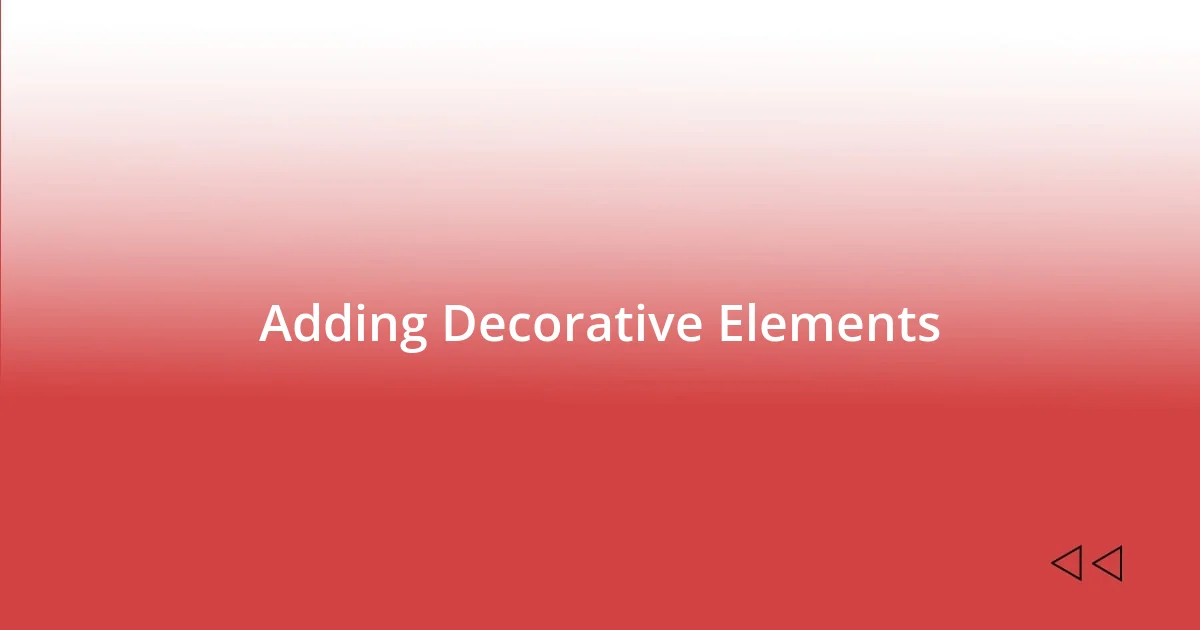
Adding Decorative Elements
When it comes to adding decorative elements to your terrarium, I’ve found that the right accents can elevate the entire aesthetic. I remember the first time I added tiny figurines—a little gnome and a whimsical fairy. They brought a playful charm that transformed my terrarium from a simple plant display into a miniature fairy tale. Have you considered how such small additions can add personality and context to your lush little world?
A great way to enhance the visual interest is with natural elements like stones, crystals, and driftwood. I once discovered some polished rocks that sparkled under the light, and they added a delightful contrast against the vibrant greens of my plants. It’s amazing how these elements can create depth and texture, drawing the eye around the terrarium. I found myself lost in thought as I arranged them, feeling that each piece was a part of my own story inside that glass jar.
Lastly, don’t forget about the substrate! A colorful sand layer or a vibrant gravel can serve as a striking backdrop for your plants. I experimented with colored sand once, creating a layered effect that reminded me of a sunset. Watching the hues blend beneath the plants felt like capturing a moment in nature. It made me appreciate how thoughtfully chosen decorative elements can influence the mood and feeling of the entire terrarium. What little touches would you add to create your perfect miniature haven?
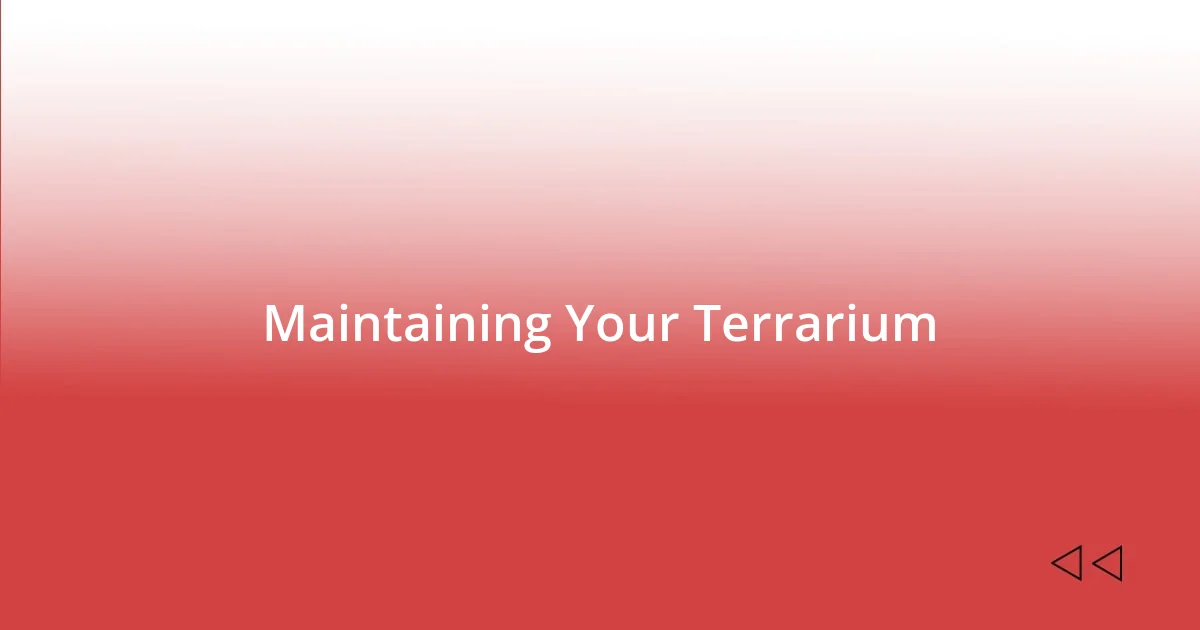
Maintaining Your Terrarium
To maintain your terrarium effectively, I’ve learned that observing its environment is key. I distinctly remember a time when my terrarium’s lush greenery began to look a little lackluster, and I realized it was because I had placed it in direct sunlight. That direct light turned my vibrant plants into a sad, wilted version of themselves. Now, I always place my terrarium in a spot where it receives bright, indirect light, allowing my plants to thrive without frying them.
Watering is another critical aspect, and my approach has evolved over time. Initially, I treated my terrarium like a regular houseplant, watering it too frequently and drowning my plants in the process. I’ve discovered that a good rule of thumb is to check the moisture level of the soil first. Sticking my finger into the soil up to the first knuckle has worked wonders for me. If it’s dry, a light watering does the trick; if it’s moist, I hold off. Have you ever struggled with getting the watering just right? It’s truly an art form!
Lastly, I find regular trimming of plants to be both necessary and therapeutic. There was a moment when I let my plants grow wild, and my terrarium became more jungle than mini-ecosystem. Pruning not only keeps things tidy but also encourages healthy growth. The act of clipping back overzealous branches can feel like a refreshing reset. How often do you take a moment to connect with your terrarium? For me, it’s a wonderful opportunity to reflect on the balance of nature within that glass space.
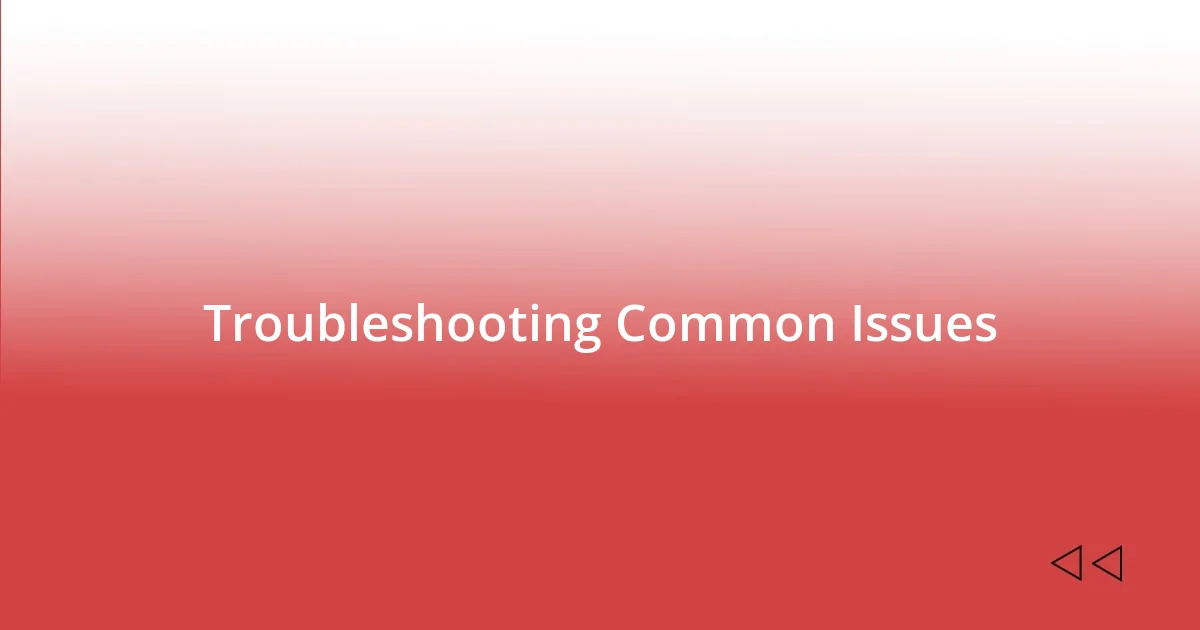
Troubleshooting Common Issues
Sometimes, even the best-planned terrariums can run into issues, and I remember the time mine developed condensation inside. I was worried—was it a sign of overwatering? In reality, I’ve found that too much moisture in the air can be due to a lack of proper ventilation. Just opening the lid occasionally helps balance humidity and keep the plants healthy. Have you ever faced a similar challenge? Adjusting the lid may be just the fix you need!
Another issue I encountered was mold creeping into my terrarium. It was disheartening to see those fuzzy patches saddle up next to my beloved plants. I learned that mold often thrives in damp conditions, especially if the substrate doesn’t have enough drainage. To combat this, I’ve become more mindful about making sure I use a proper layer of activated charcoal at the bottom and allowing my plants to breathe. Have you ever faced mold issues? It’s unsettling, but with the right techniques, it can absolutely be managed.
Lastly, I found myself grappling with pesky pests like fruit flies. One day, I noticed tiny creatures darting about, and my heart sank. It turns out, these little nuisances often sneak in through overripe fruits or damp soil. I’ve learned to keep my terrarium clean and avoid adding any excess organic matter. Using sticky yellow traps has been a practical solution for me. Do you find pests to be a headache? Knowing that these challenges can be tackled with vigilance and care brings a sense of control back into creating a beautiful ecosystem.
